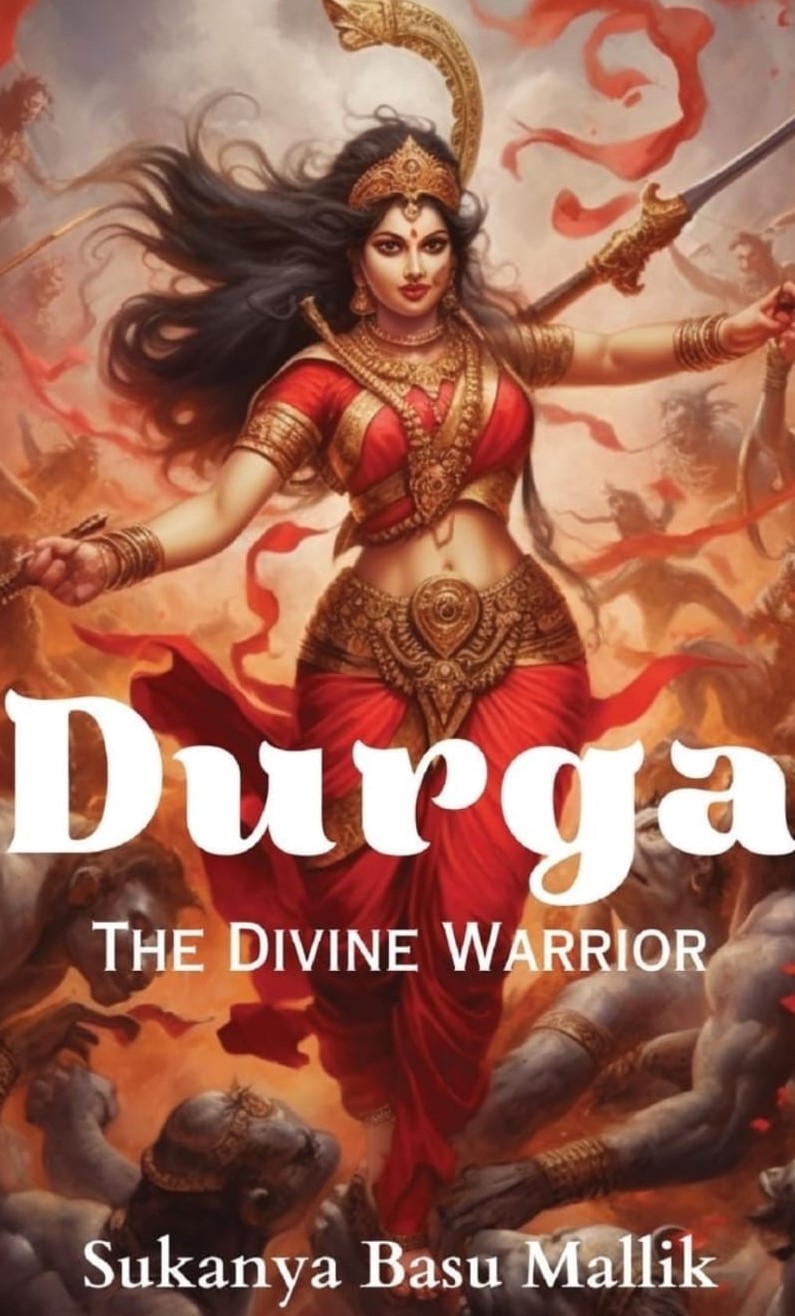As someone who has been interested in understanding developments in software development approaches, I was very excited to get my hands on A Practitioner’s Guide to Enterprise Agility: The Five Tantras Applied. I am glad to tell you that I was not disappointed. This is clearly an excellent book at the top of its class.
I was intrigued by the way the story of Enterprise Agility has been told in the book as the Agilisation journey of a fictitious firm. The coach who guides this firm encapsulates within himself the combined experience of PM Power’s 15 coaches with over 100 years of accumulated Agile consulting experience.
This book examines the specific practices that need to be adopted and enabled within the organization to be Agile and to fully realize the five Values/Tantras, introduced in PM Power’s previous book, The Five Tantras of Enterprise Agility. This is done by looking at the outcomes expected/desired by the three main stakeholders of a successful enterprise and at the key indicators of these outcomes, and examining how well these outcomes have been achieved. The book asserts that the success and the achievement of these outcomes are predicated on the successful and complete adoption, enablement, and implementation of the Tantra-derived practices which drive these outcomes. And this is precisely what the book focuses on. I have not seen many other books that goes into this level of detail about the practices and tools required to implement Enterprise Agility. This book therefore gives unique and detailed perspectives in this area. And, the focus on business outcomes makes this book an indispensable weapon for the aspiring Agile leader.
The book states that “it is intended for managers who are looking to steer their organizations on the Agile transformation journey. The objective of this book is to inform these managers about the practices they should implement during their Agile journey and how to implement them effectively. The book is also intended for change agents (coaches and consultants) who help organisations progress on the transformation. It will enrich their experience, enabling them to provide the best guidance to their clients. Project/Program Managers, Scrum Masters, and team members who are eager to play an influential role in the organizational Agile transformation process will also find value in this book”, and it is not wrong. When I read the book, I could see that its objectives have been met.
The book’s USP lies in being, as I said before, the combined and distilled experience of numerous experts and organizations dealing with real-life situations and challenges. The book’s authors seem to have engaged in discussions with numerous customers, prospects, and other organizations about their experiences in implementing Agile practices and the takeaways from all these discussions have been incorporated in this book. This means that readers like me benefit from the wisdom of these practitioners, in addition to the insights of PM Power’s own consultants and coaches.
The large and detailed appendix at the end of the book gives a comprehensive list of all the practices and tools mentioned in the book. This alone will justify the existence of the book. It will serve as a great reference tool kit that can be used again and again.
One thing I appreciated about this book is that even though it expands on the values and Tantras expounded in a previous book, it can stand alone as a comprehensive guide to practical implementation of these values.
The conversational style enhances the book’s accessibility and comprehensibility for readers and makes for compelling reading. The book is well organised. It is laid out in three divisions with each division looking at one stakeholder – Customer, Associate and Shareholder – and the outcomes associated with these stakeholders. There are lots of pictures and tables that illustrate points being made and these add to the readability of the book. The limericks at the beginning of each outcome brings in a touch of humour to the book.
A section listing the basics and the core principles of Agile would have helped readers who are novices at Agile. The authors should think of including this in new editions of the book.
Overall, I would highly recommend this book to anyone looking at broadening is horizons on the implementation of Enterprise Agility. Whether you are a beginner or an advanced votary of Agile, this book has something to offer.
Authors: Paramu Kurumathur, J Veeraraaghavan, S Sivaguru













